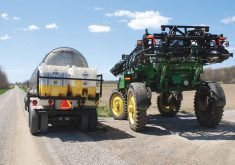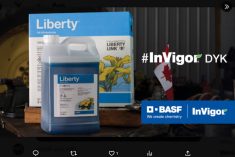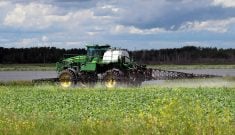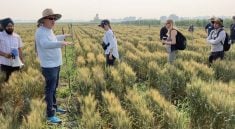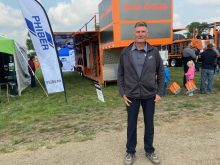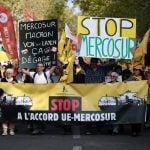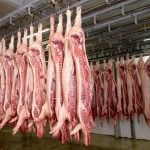A North Dakota State University study showed that some kochia populations in western North Dakota likely have developed resistance to commonly used pre-plant burndown herbicides.
For many years, no-till farmers have used Aim (carfentrazone) and Sharpen (saflufenacil) either just before or just after planting to control emerged kochia and other annual weeds.
In Manitoba, carfentrazone is the active ingredient in Aim EC, Revenge, InStep and IPCO C-Zone. Saflufenacil is the active ingredient in Heat, Heat Complete, Smoulder and Voraxor.
Read Also

Journal pulls long-cited glyphosate study for ethics violations
The journal Regulatory Toxicology and Pharmacology has retracted a 2000 Monsanto-linked glyphosate review, drawing new scrutiny as Bayer faces mounting legal pressure.
“Kochia has been difficult to control during the prolonged drought of the past several years,” says Brian Jenks, weed scientist at the NDSU North Central Research Extension Center.
“Kochia thrives in dry conditions, and herbicides can be less effective when plants are drought-stressed. However, the NDSU study showed that recent lack of control is not due solely to drought stress, since plants survived these herbicides with little damage in the greenhouse.”
[RELATED] Grainews: Keep kochia off your farm
The two actives are classified as Group 14 herbicides that control weeds by inhibiting the protoporphyrinogen oxidase enzyme, which leads to disruption of plant cell membranes. Susceptible weeds typically die within a few days.
In the NDSU study, a known susceptible kochia population was easily controlled by carfentrazone and saflufenacil. However, carfentrazone showed little activity on four kochia populations from across western North Dakota. Saflufenacil caused some necrosis on kochia leaves and stunted growth, but most plants survived and had two to eight inches of regrowth two weeks after treatment.
“The potential loss of [these products] as effective herbicides for kochia control is staggering because affected farmers will have limited control options remaining,” says Jenks.
“An extremely important question that still needs to be answered is the effectiveness of other Group 14 herbicides … that are used for residual kochia control.”



